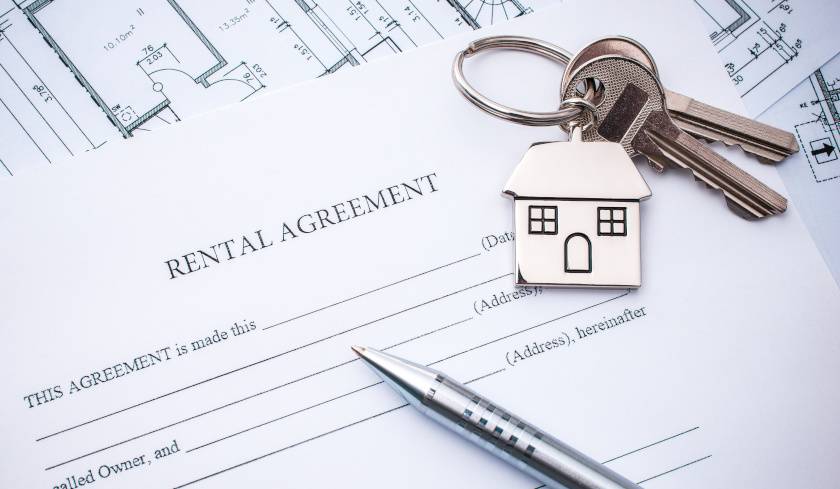Falling rental vacancies push rents higher in most capital cities
Rental vacancy rates continued to decline across most capital city markets in March, placing further upward pressure on rents, a new report has found.

Capital city vacancy rates remained largely below 2 per cent, with the exception of Melbourne and Sydney, Archistar’s latest National Home Rental Market Report for March 2021 has revealed.
Darwin recorded the lowest vacancy rate across both units and houses of 0.8 per cent in March, followed by Adelaide and Canberra at 0.9 per cent, Perth and Hobart at 1.1 per cent, and Brisbane at 1.4 per cent.
Meanwhile, Sydney and Melbourne had significantly higher vacancy rates at 3.8 per cent and 4.5 per cent, respectively.
For houses, the lowest vacancy rate was recorded in Canberra at 0.4 percent, followed by Adelaide (0.6 per cent), Darwin (0.8 per cent), Hobart and Perth (0.9 per cent), Brisbane (1.3 per cent), Sydney (1.9 per cent) and Melbourne (2.5 per cent).
“Melbourne remains the exception with clearly the highest capital city vacancy rate – and continuing to rise,” according to Archistar chief economist Dr Andrew Wilson.
For units, Darwin topped the table with the lowest vacancy rate at 0.8 per cent, and was the only capital city with a unit vacancy rate below 1 per cent. Perth and Canberra followed with 1.6 per cent, with Hobart in fourth place with 1.8 per cent, and Adelaide in fifth with 1.9 per cent.
Brisbane, Sydney and Melbourne recorded much higher unit vacancy rates at 2.7 per cent, 5.2 per cent and 7.3 per cent, respectively.
“Unit vacancy rates also remain tight in most capitals, with the notable of exception of Melbourne and Sydney where record-level inner-city apartment vacancies have resulted in sharply falling rents,” Dr Wilson continued.
Reflecting low vacancy rates, most capital cities also recorded increases in house rents over the past year, the report noted.
For houses, Perth took the lead with a 21.6 per cent annual increase to $450, followed by Darwin with a 17.7 per cent increase to $565 and Adelaide with a 13.9 per cent increase to $450.
House rents in Brisbane also increased by 5 per cent to $420, while Sydney saw a 4 per cent increase to $520. Canberra’s house rents remained flat, although it’s still the most expensive at $600.
Melbourne, on the other hand, saw house rents decrease by 2.3 per cent to $430.
For units, Perth also took the lead with a 14.3 per cent annual increase to $420, followed by Adelaide with 12.1 per cent to $370, Brisbane with 10.5 per cent to $420, Darwin with 2.6 per cent to $400 and Canberra with 2 per cent to $500.
Meanwhile, Hobart, Sydney and Melbourne saw declines in unit rents of 5.6 per cent to $425, 10 per cent to $450 and 15.6 per cent to $380, respectively.
Looking ahead, housing shortages and higher rents will continue to be evident across most capitals, Dr Wilson said.
“[This is] with the exception of Melbourne where interstate migration shifts and a CBD apartment glut are providing relief for local tenants.
“Similarly, Sydney’s inner-city apartment market also reflecting the impacts of border restrictions is providing more choices and lower rents for tenants – with no relief for landlords in sight,” the chief economist concluded.
